




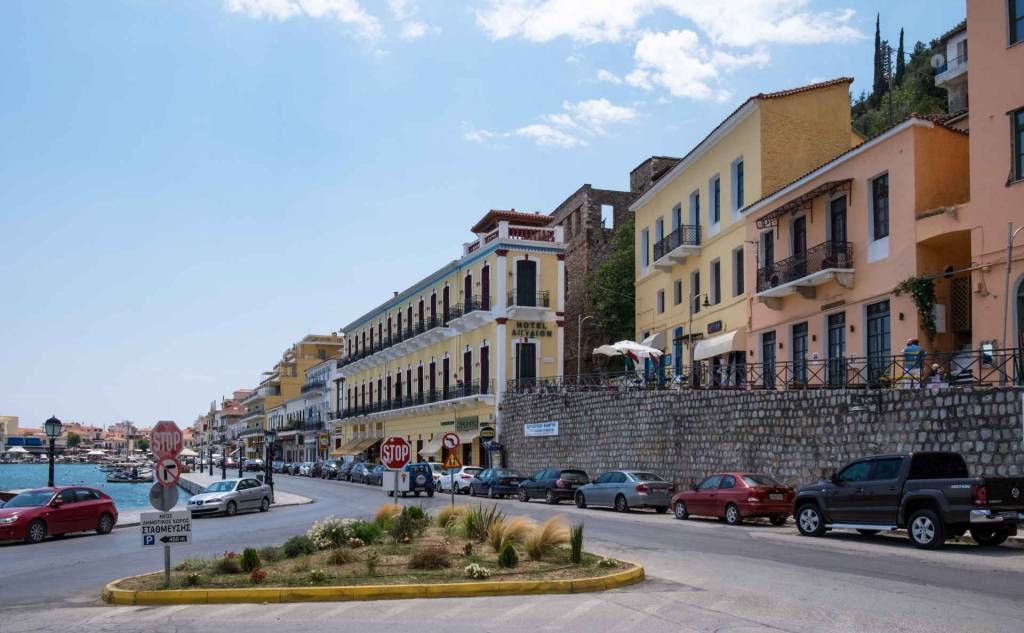
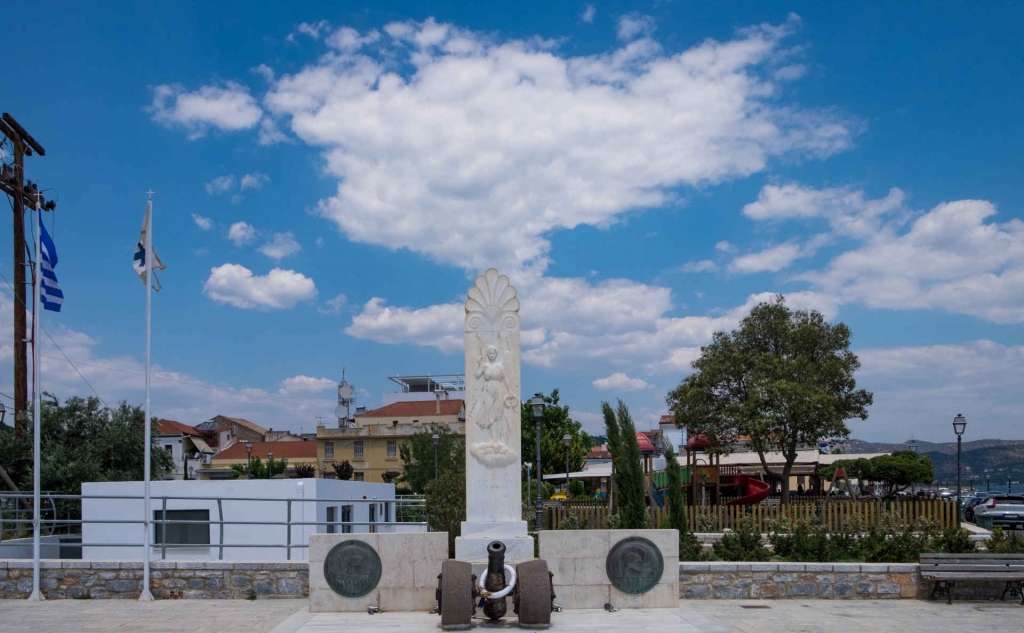

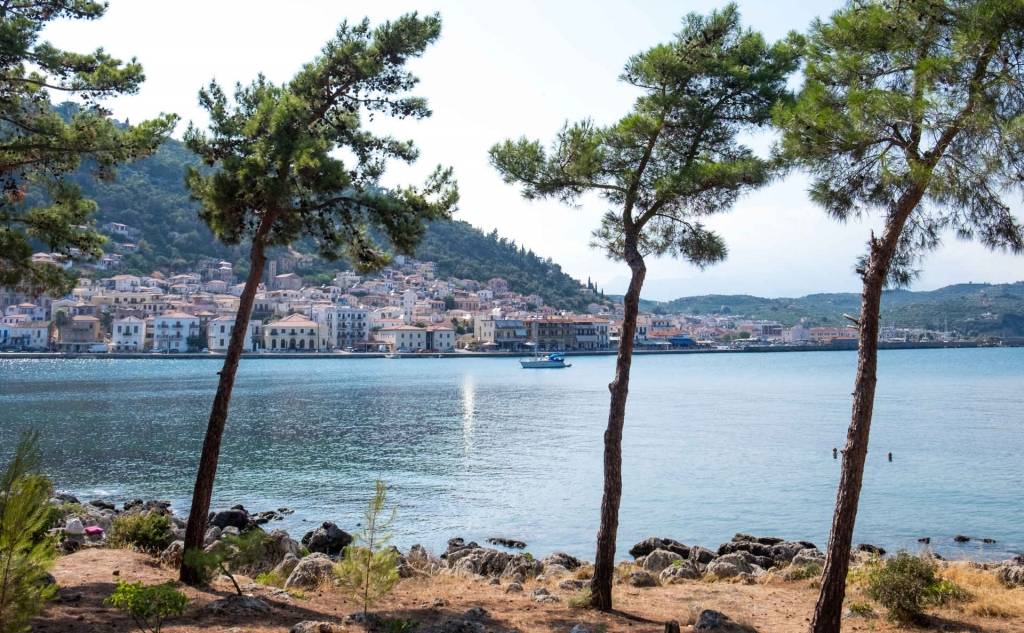
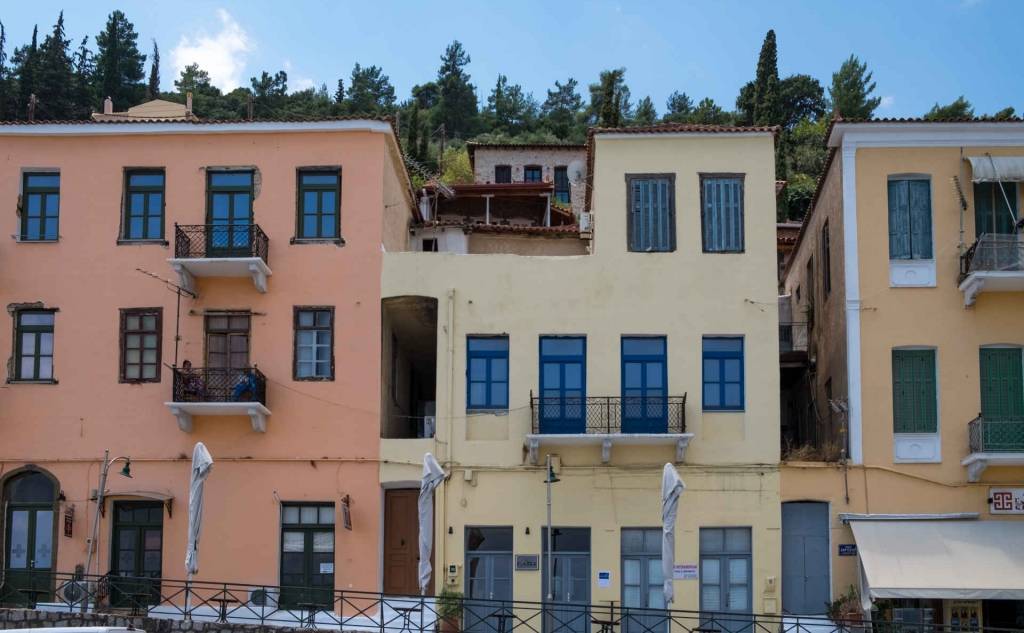
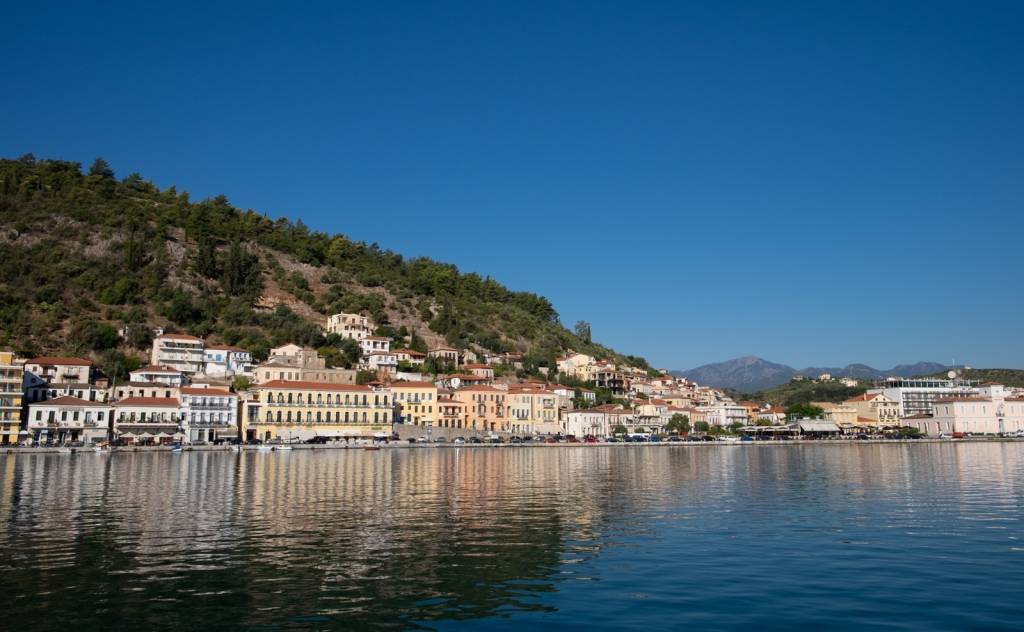
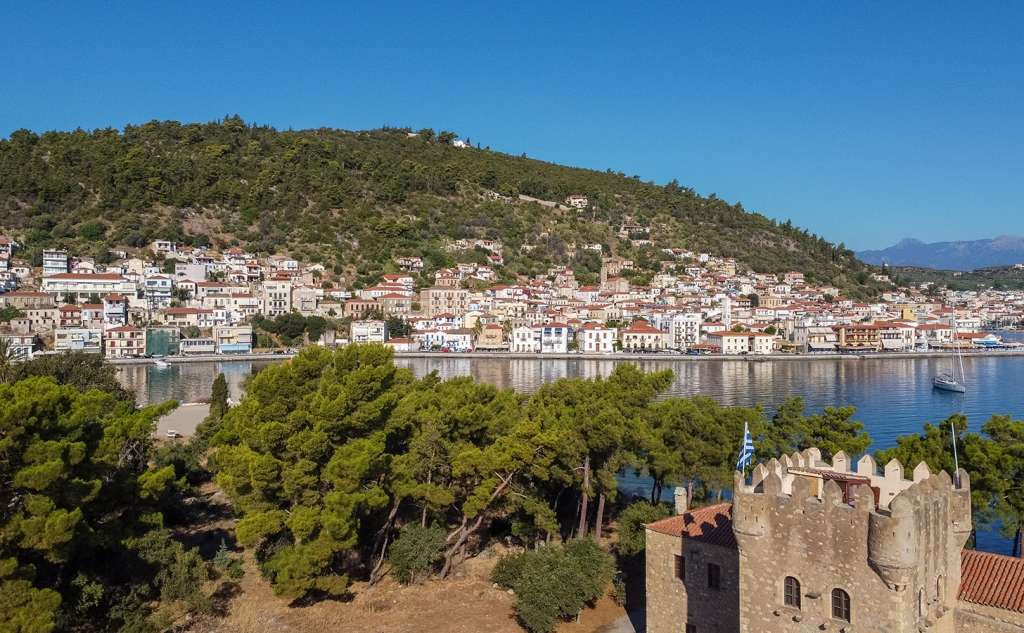
Gythio is a historic town built amphitheatrically at the foothills of Mount Larysio (Akoumaros or Koumaros, according to the locals), 42 kilometres far from Sparta. It is the capital of the Municipality of East Mani and is the seat of the Holy Metropolis of Mani. It is the main port of the Laconic Gulf and the second port of the southern Peloponnese after Kalamata.
The city of Gythio, with its island colour, is ideal for strolling along the picturesque alleys full of traditional neoclassical buildings, amphitheatrically built on the hills of Akoumaros. Here, the visitor can find many hotels, rooms to let, as well as campsites. Around the port, there are traditional taverns, restaurants, cafes and bars for entertaining nightlife. On September 14th, the day of the celebration of the Holy Cross, there is a great festival that brings together people from all over Mani. The port of Gythio, despite its favourable position, is shallow, so large commercial or tourists vessels cannot be anchored.
According to Pausanias, the name Gythio meant "Land of the Gods", from the Homeric word "tetragyon", "Gion" (Earth) + god. It is said that, while the city was being built, Hercules, having stolen the divine tripod from the Delphi oracle, came into conflict with Apollo. However, because they did not get any results from the race, they named the city "Land of the Gods" instead of Heraklion or Apollonia " to honour both.
Gythio was a trading port for the Phoenicians, who used to sell shells in antiquity, while the Spartans used Gythio as a naval port. More specifically, the city constituted the seaport of Sparta, while in the period 195 BC - 297 AD., it is considered as allegedly independent of Sparta, the capital of the Common Liberals. Gythio, as a toponym, first appears in history in the 5th century BC. Thucydides (1,108) make the first reference.
The southern tip of the town of Gythion is united (since 1896) through a pier with a small island, ancient Kranai or Marathonisi. According to Pausanias, Paris and the beautiful Helen of Troy spent their first night there before leaving for Troy. Paris forgot his helmet there, so the island was named after it (kranos – helmet). Since 1829, the traditional stone tower of the chieftain and third beis of Mani Tzannetakis Grigorakis has been standing on the island of Kranai, which today operates as the Historical Ethnological Museum of Mani.
In 375 AD, there was a major earthquake, where the tidal wave destroyed Gytheio and drowned its inhabitants in the waters of the Laconic Gulf. There is only one part of the old town that is now called "Paleopolis" and is the northeast part of today's Gythio. Most ancient marble, mosaic floors, statue sections, and building foundations were found in this section and the adjacent seabed.
Over the centuries, the surrounding hills have buried the last traces of the ancient city. Thus, in the Middle Ages, Gythio was utterly forgotten. The area that used to exist was called "Marathonisi", by the herb fennel, which existed on the island of Kranai and the surrounding land. During the 17th century, the Maniates who lived inland did not approach the area, avoiding the risk of deadly malaria and Ottoman raids. In 1685, the Venetians, who were at war with the Turks, occupied the Passava Castle, providing the Maniates with accessible communication with Marathonisi, which they gradually began to inhabit. In fact, two years later, in August 1687, when the Venetian general Polani, assisted by the Maniates, attempted the invasion of Mystras, Admiral Morosini sailed to the bay of Marathonisi. Finally, on March 23rd, 1821, the Grigorakis family, along with other chieftains of Eastern Mani, raised the flag of the Revolution at Marathonissi-Gythio.